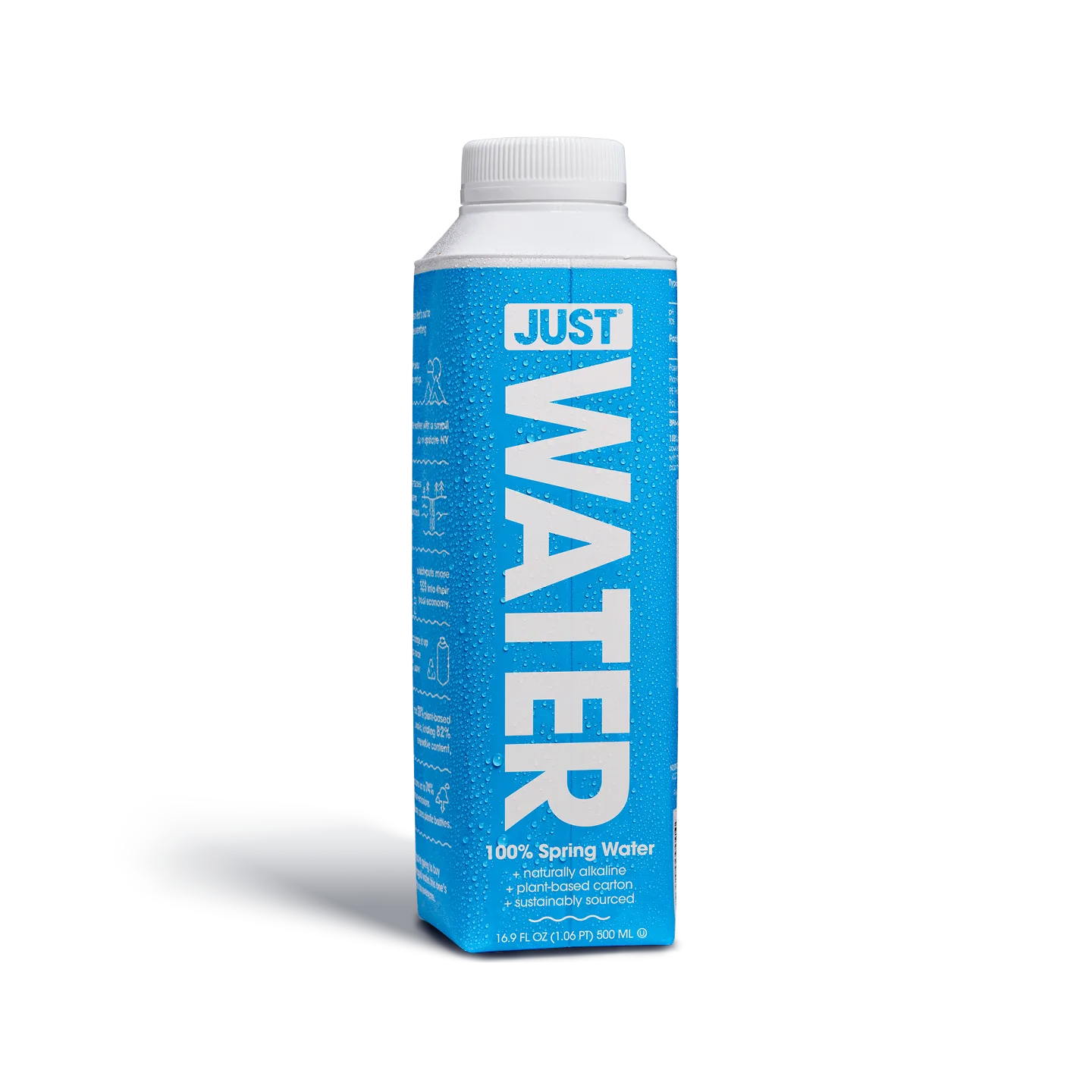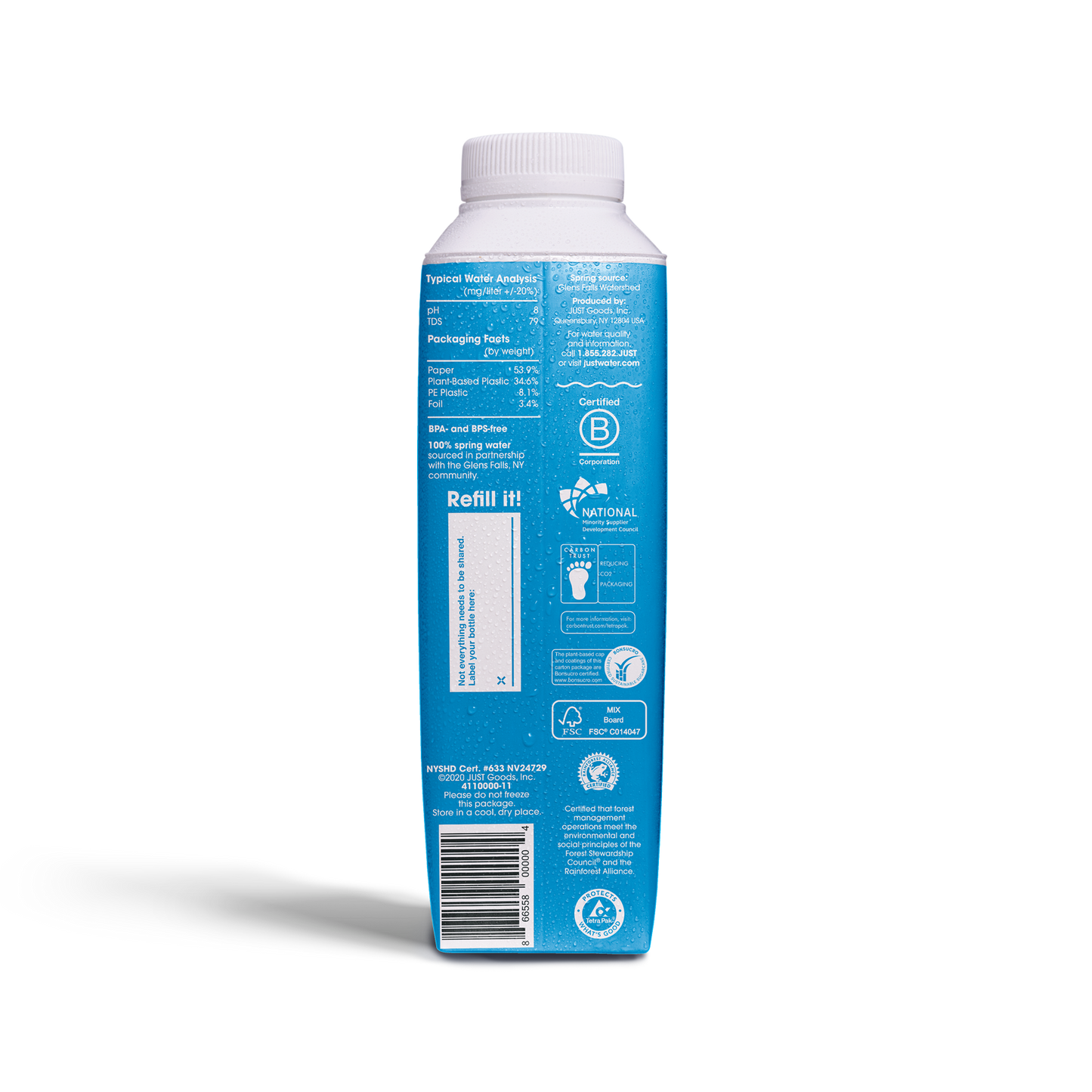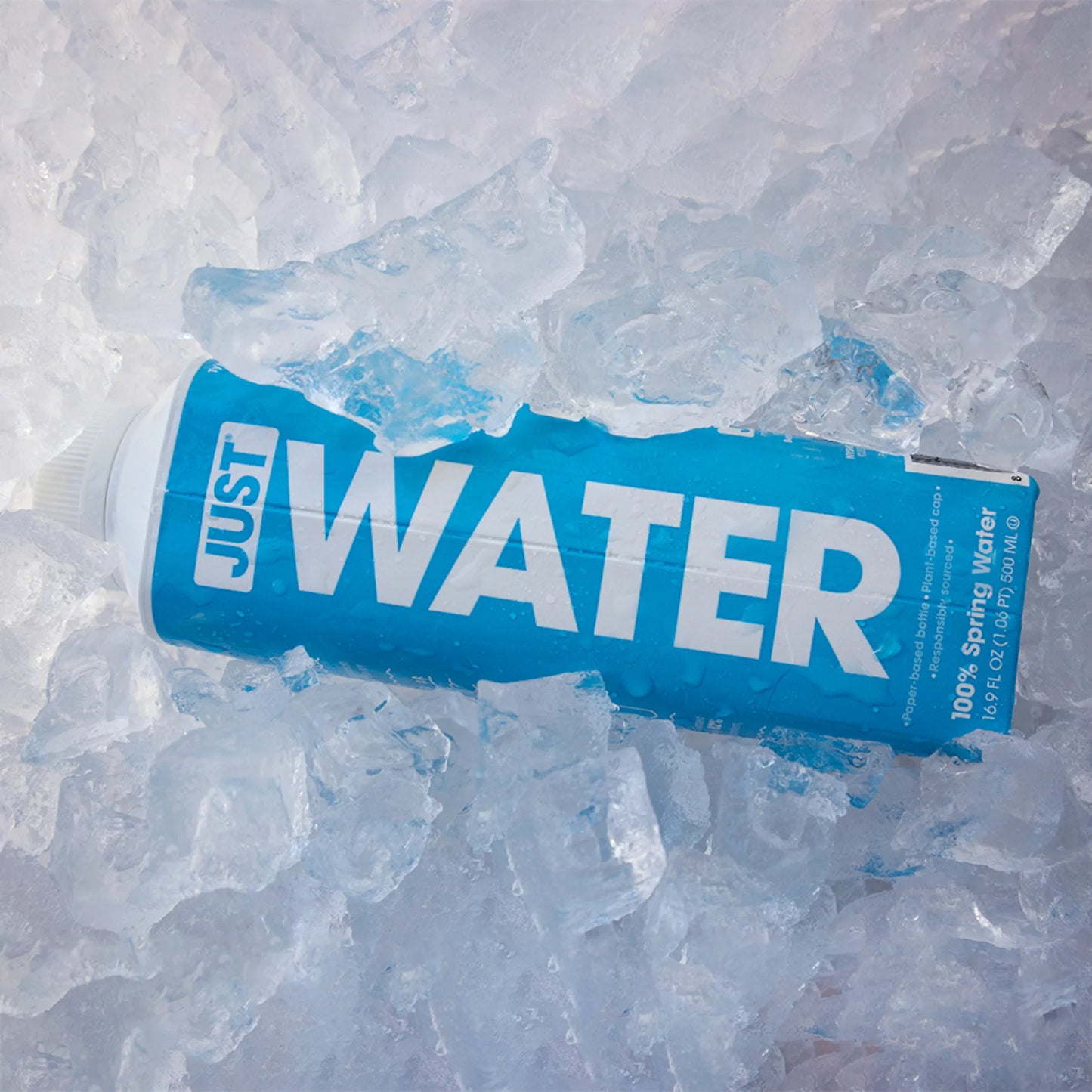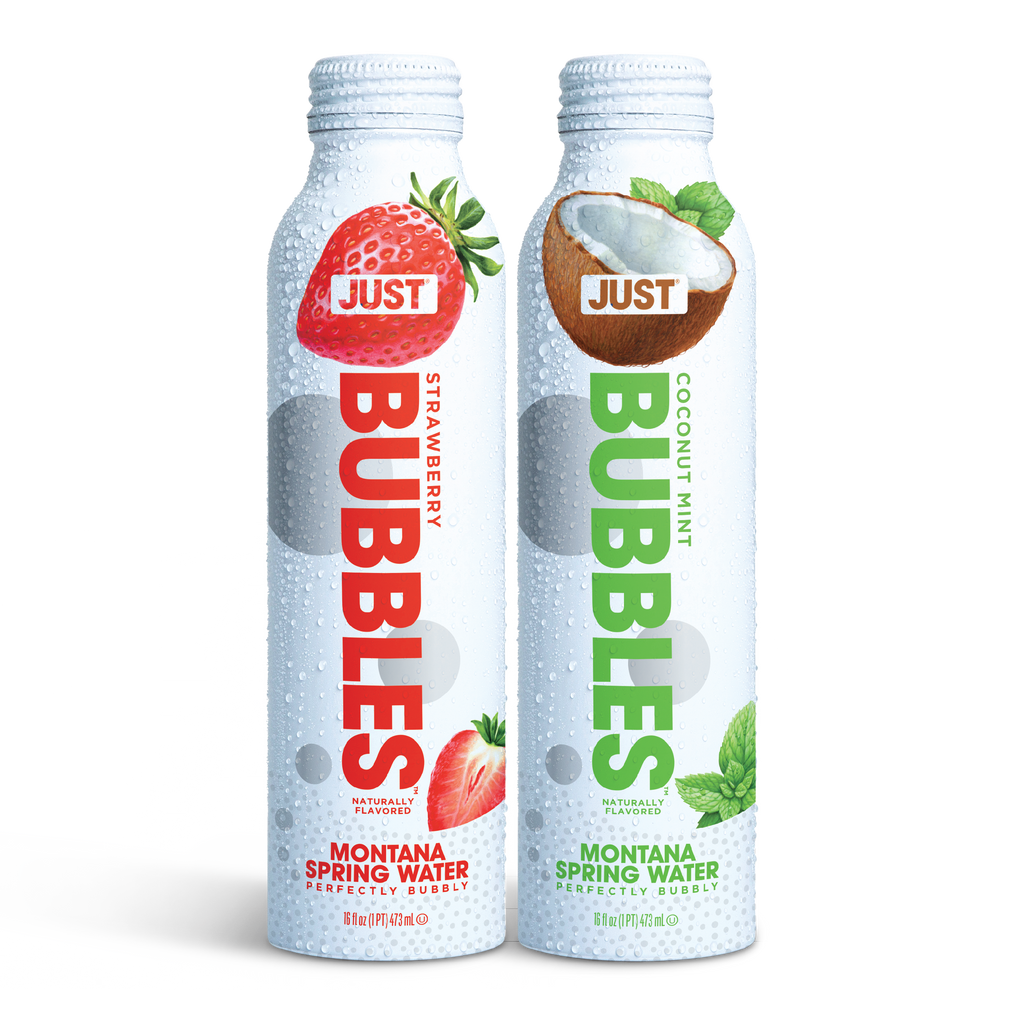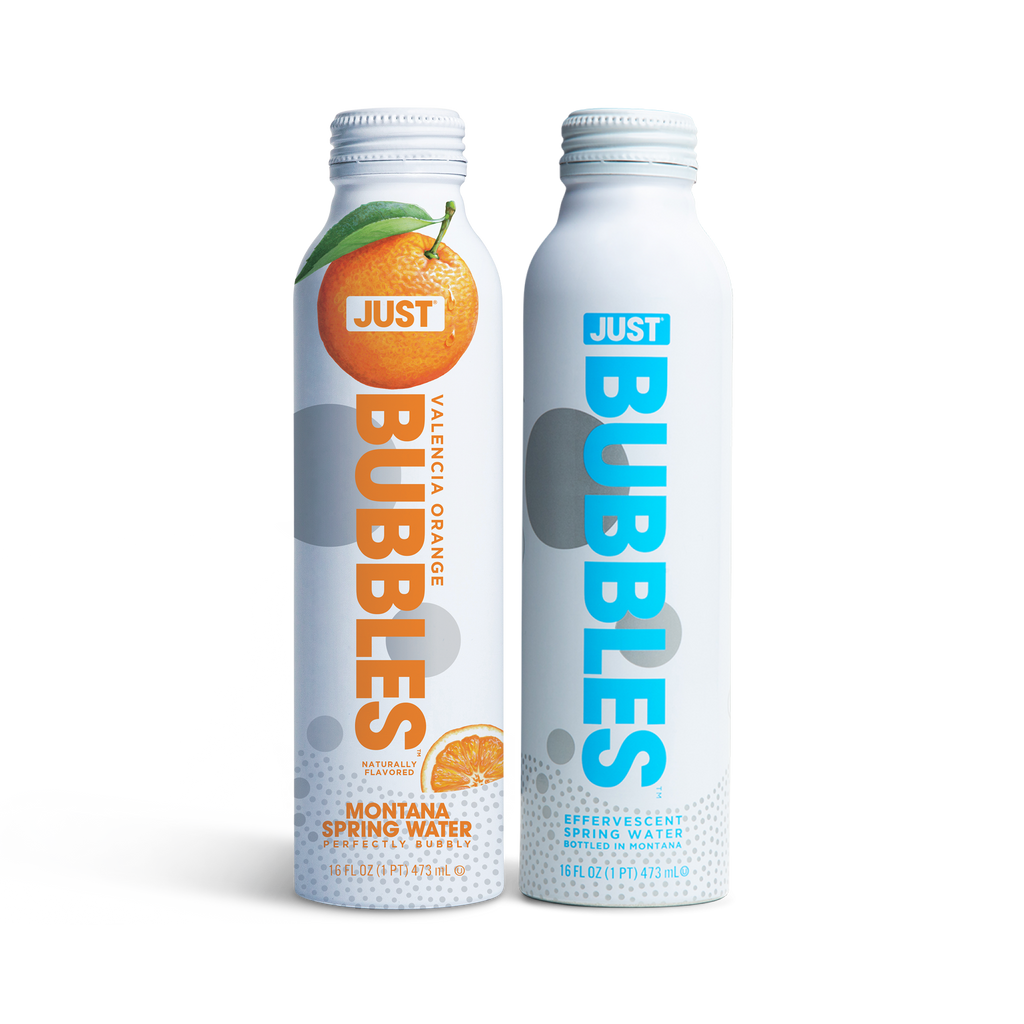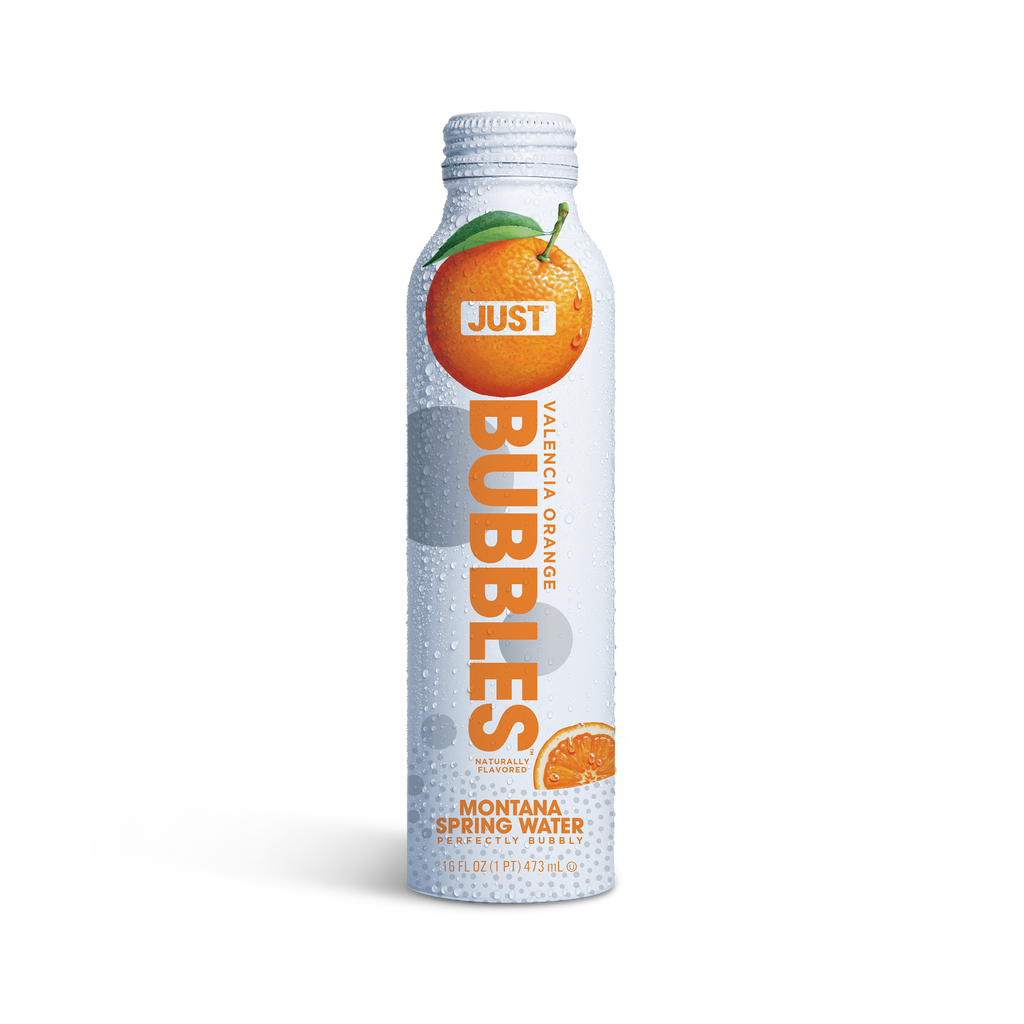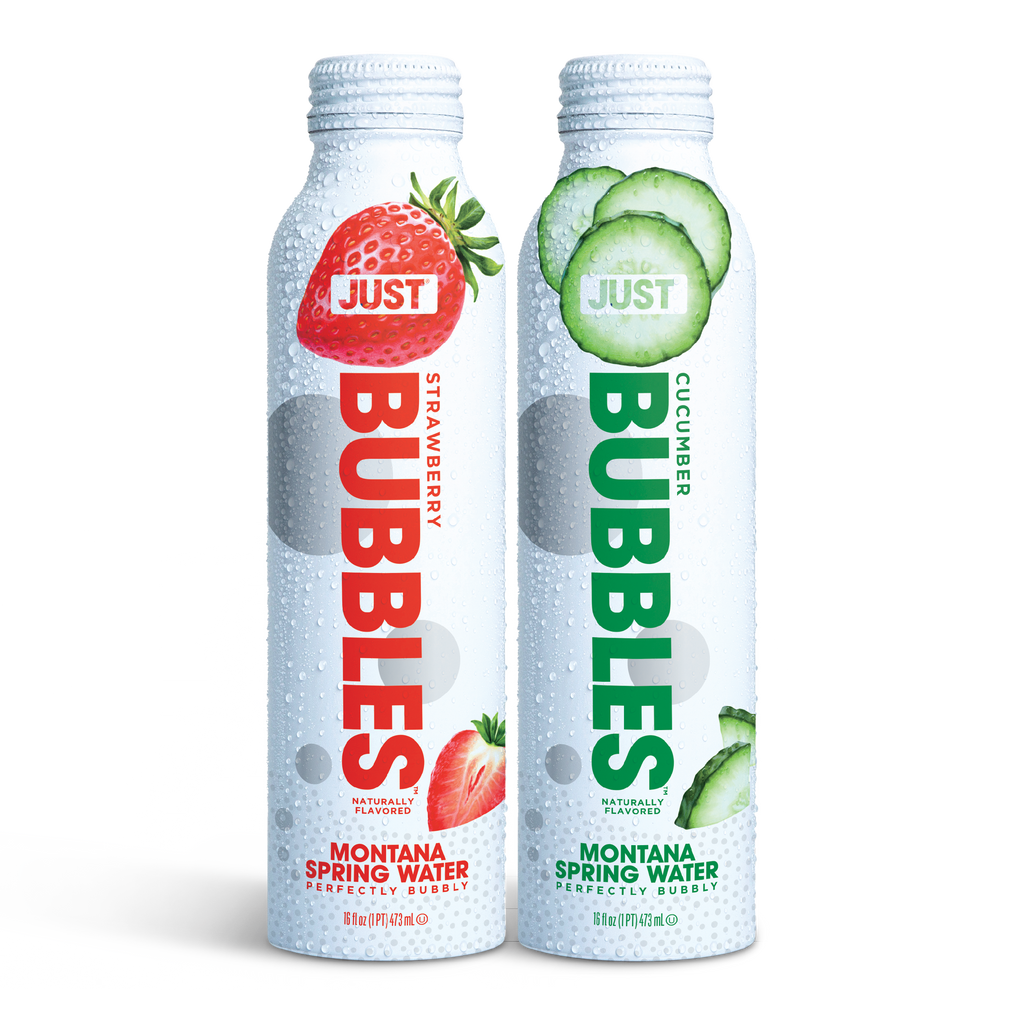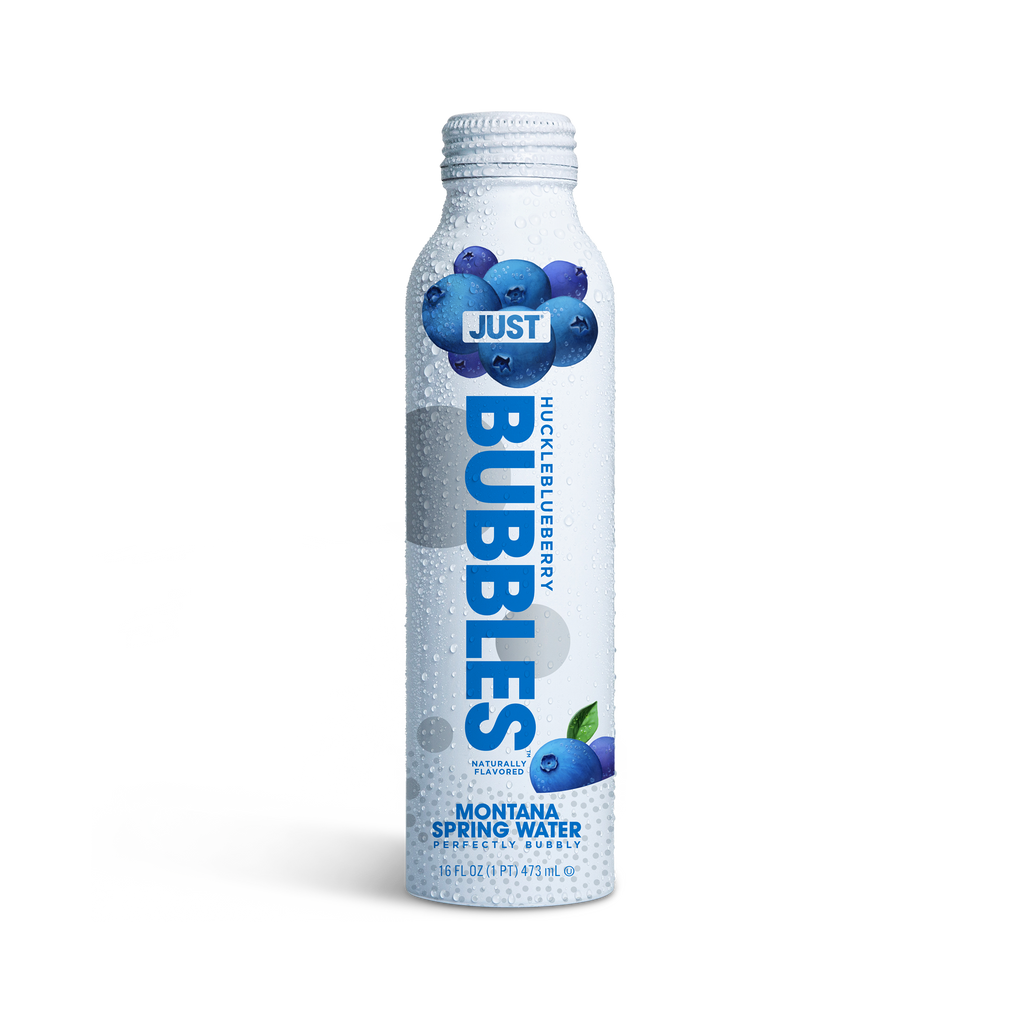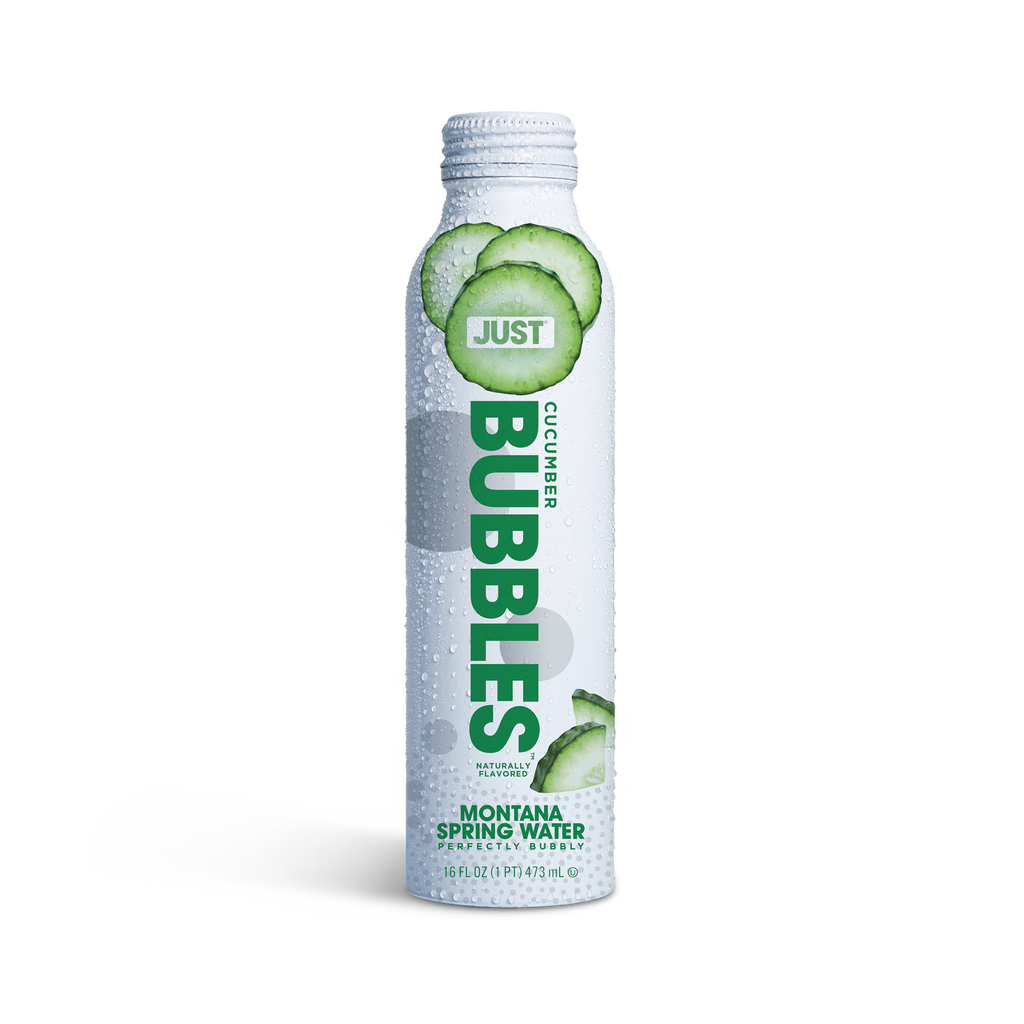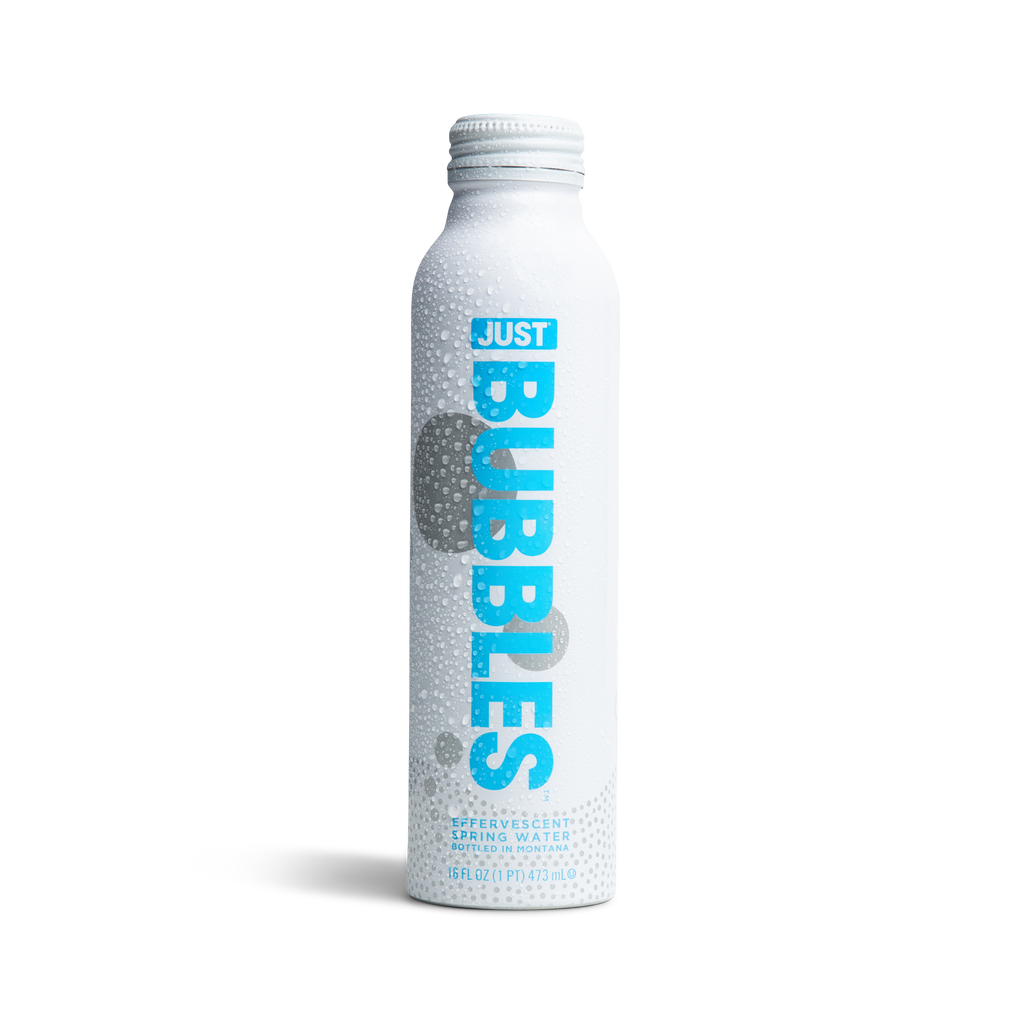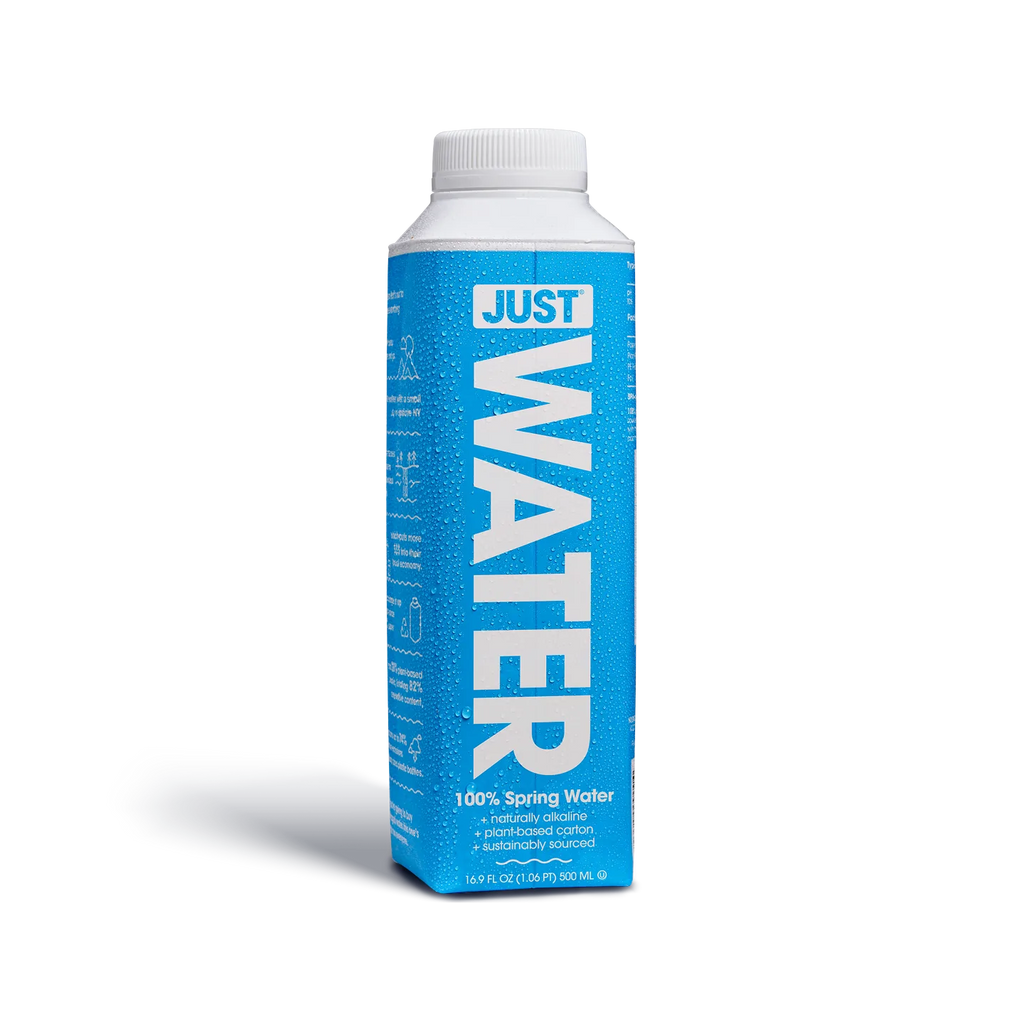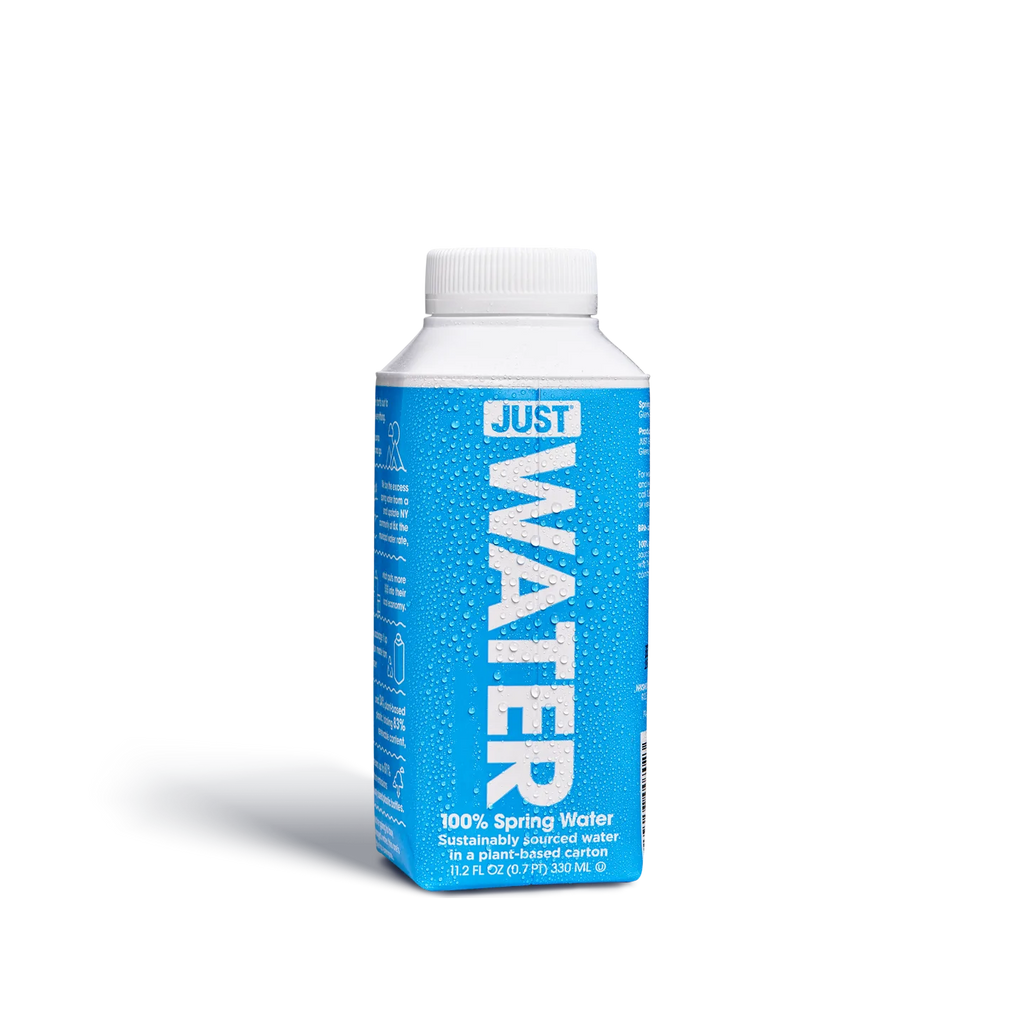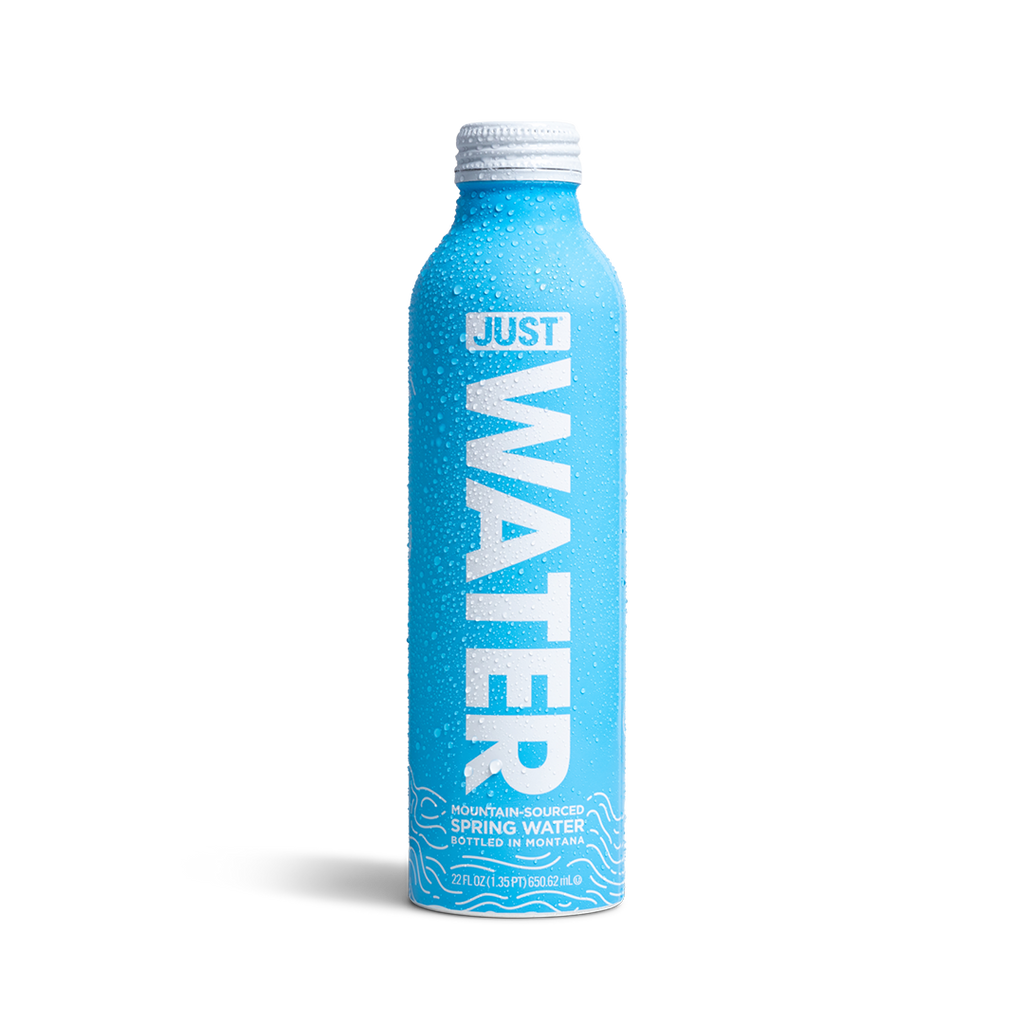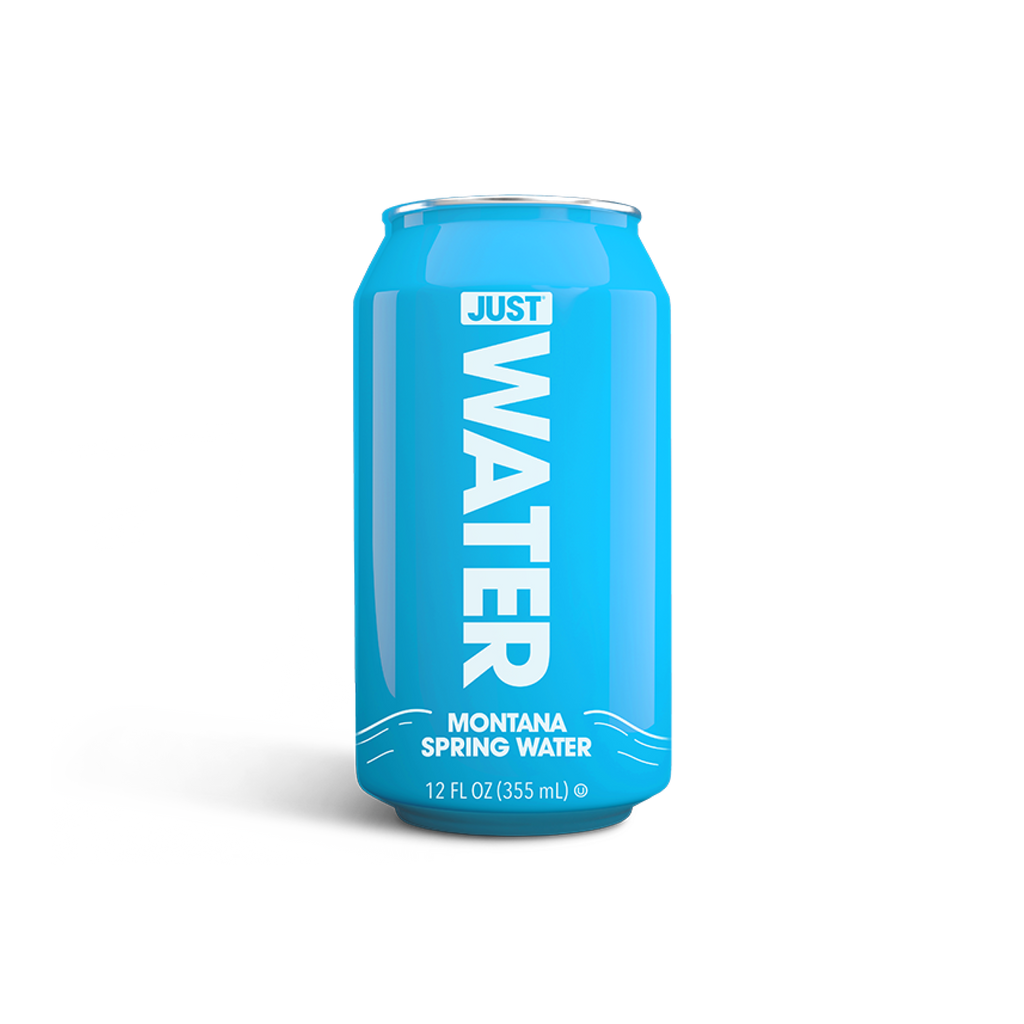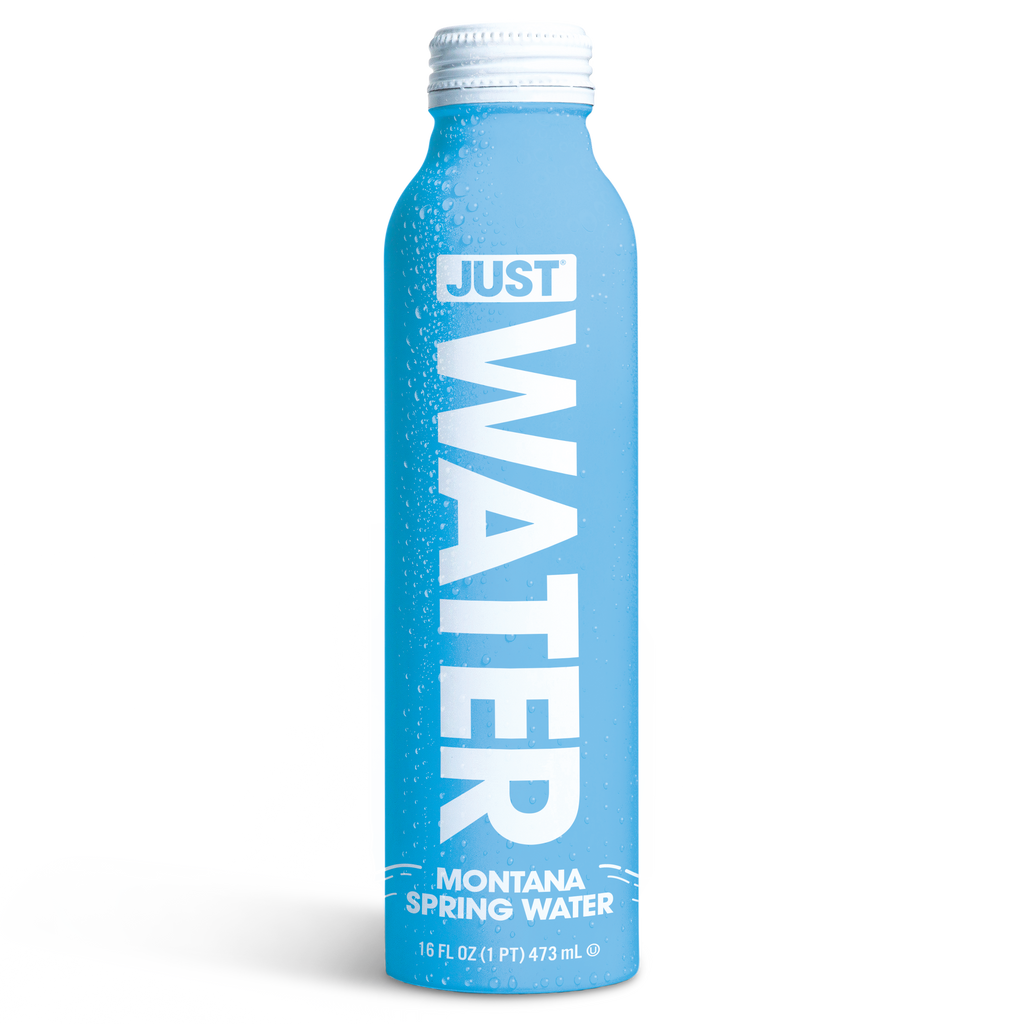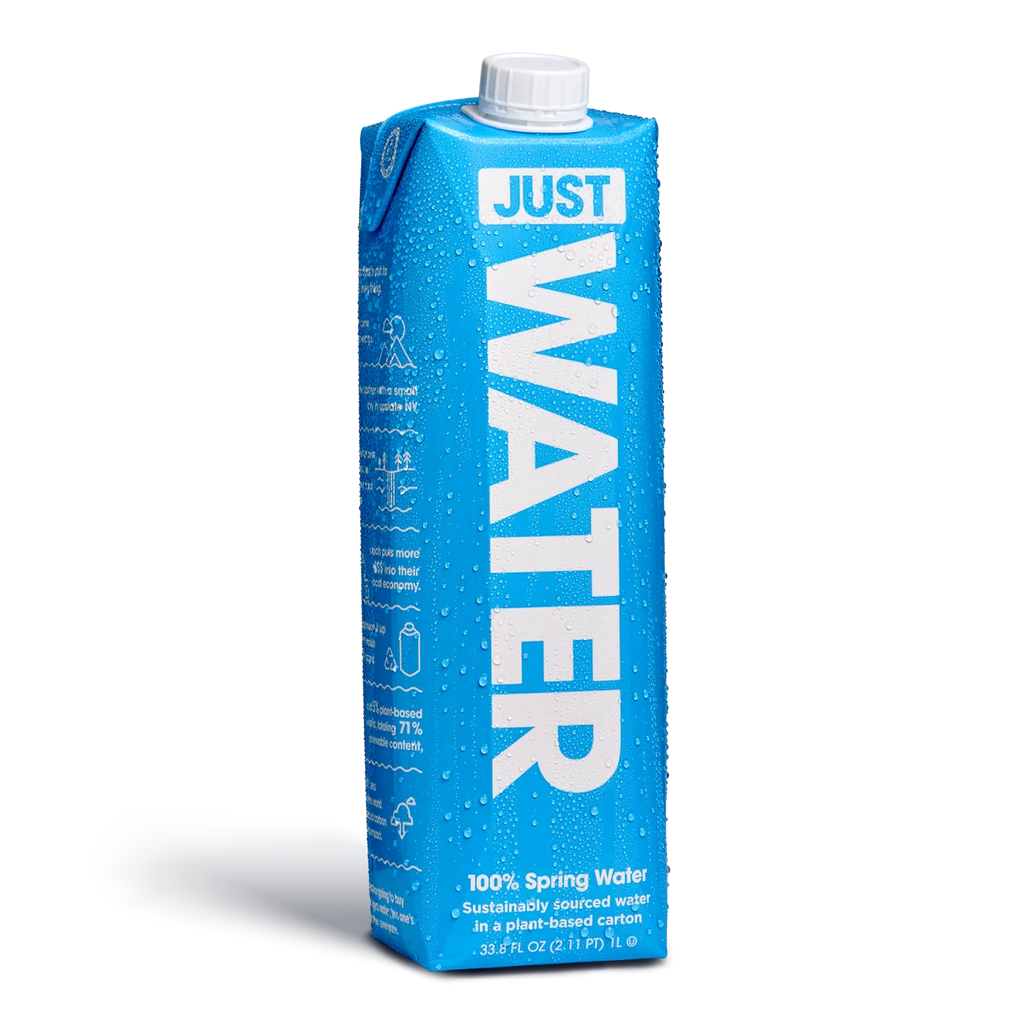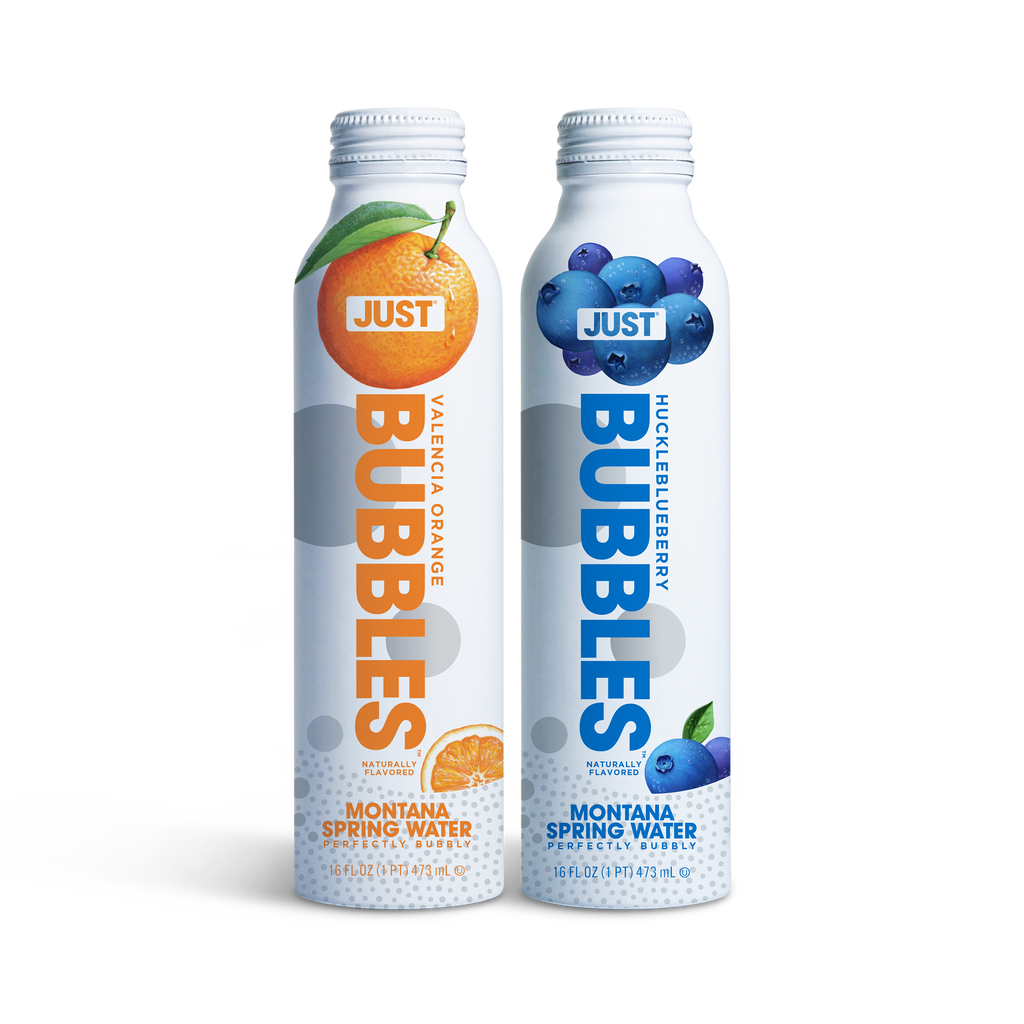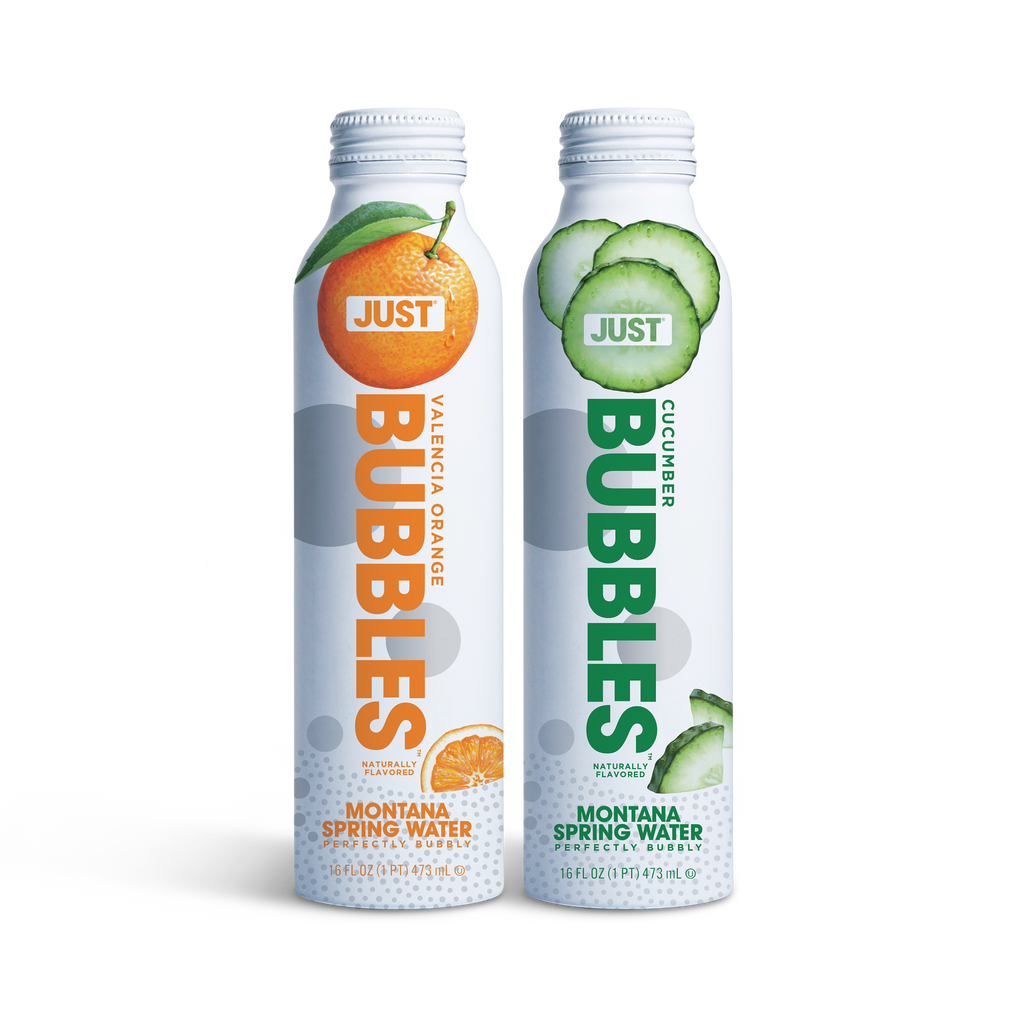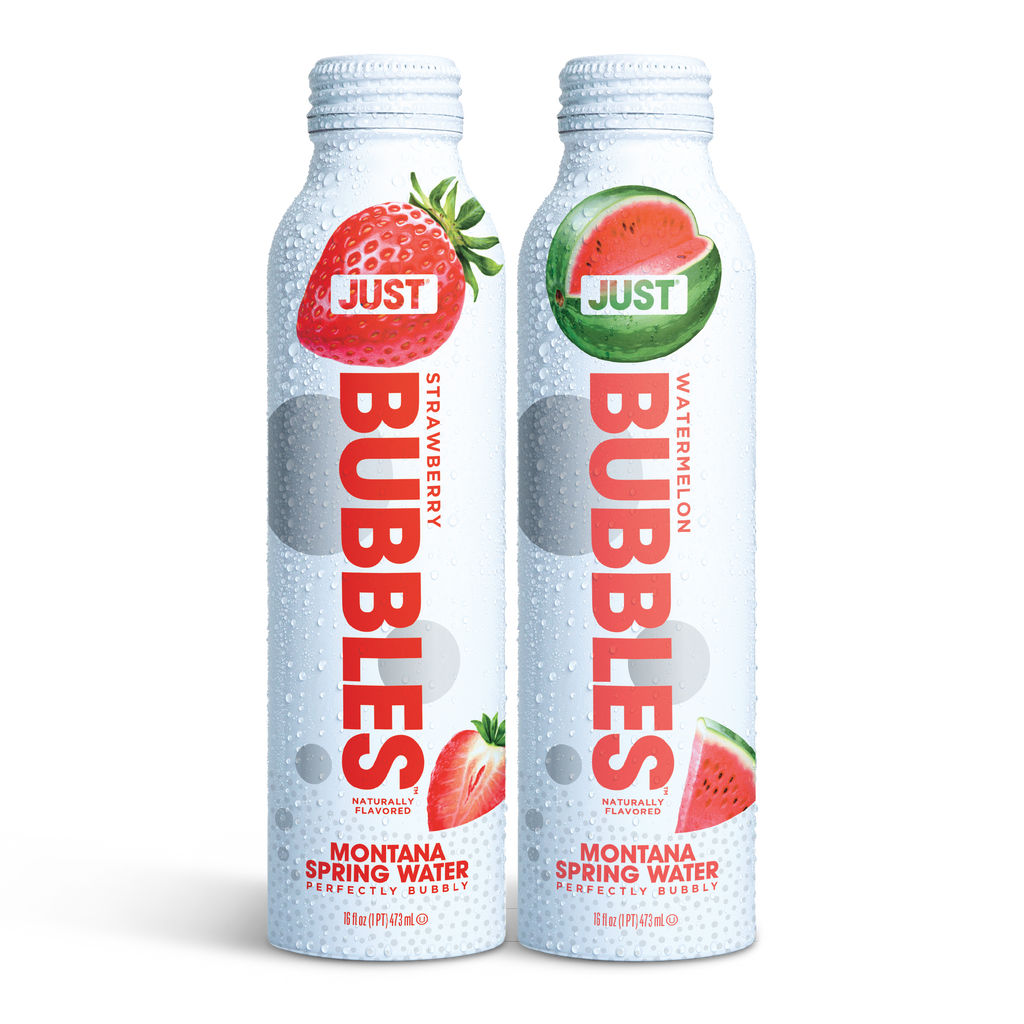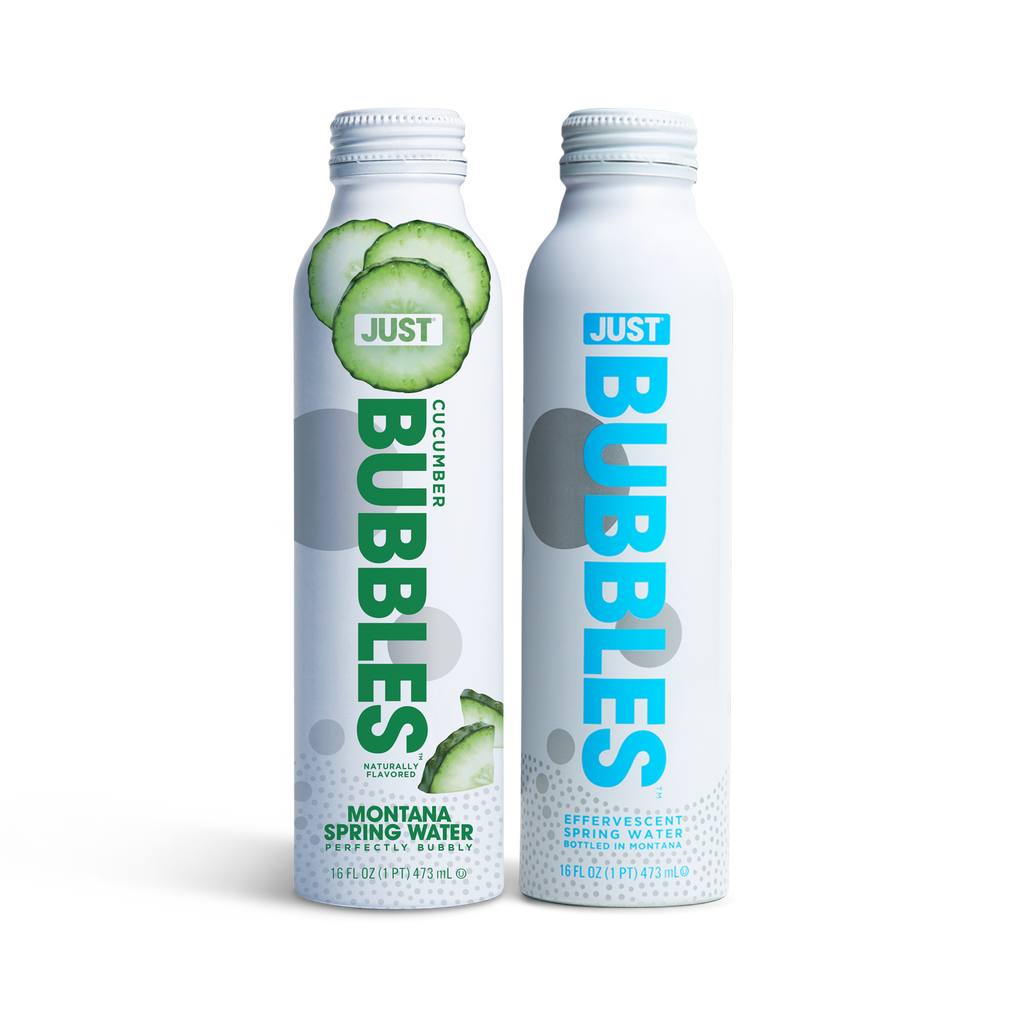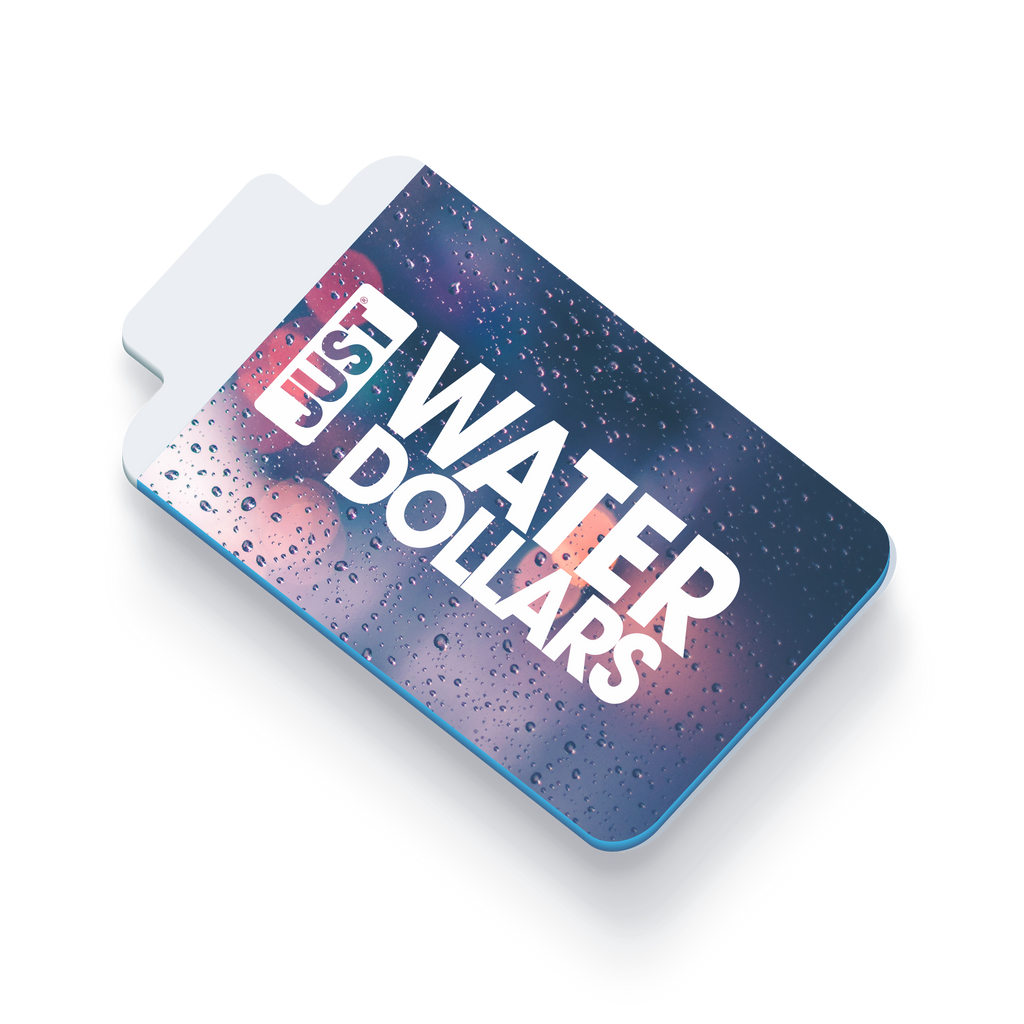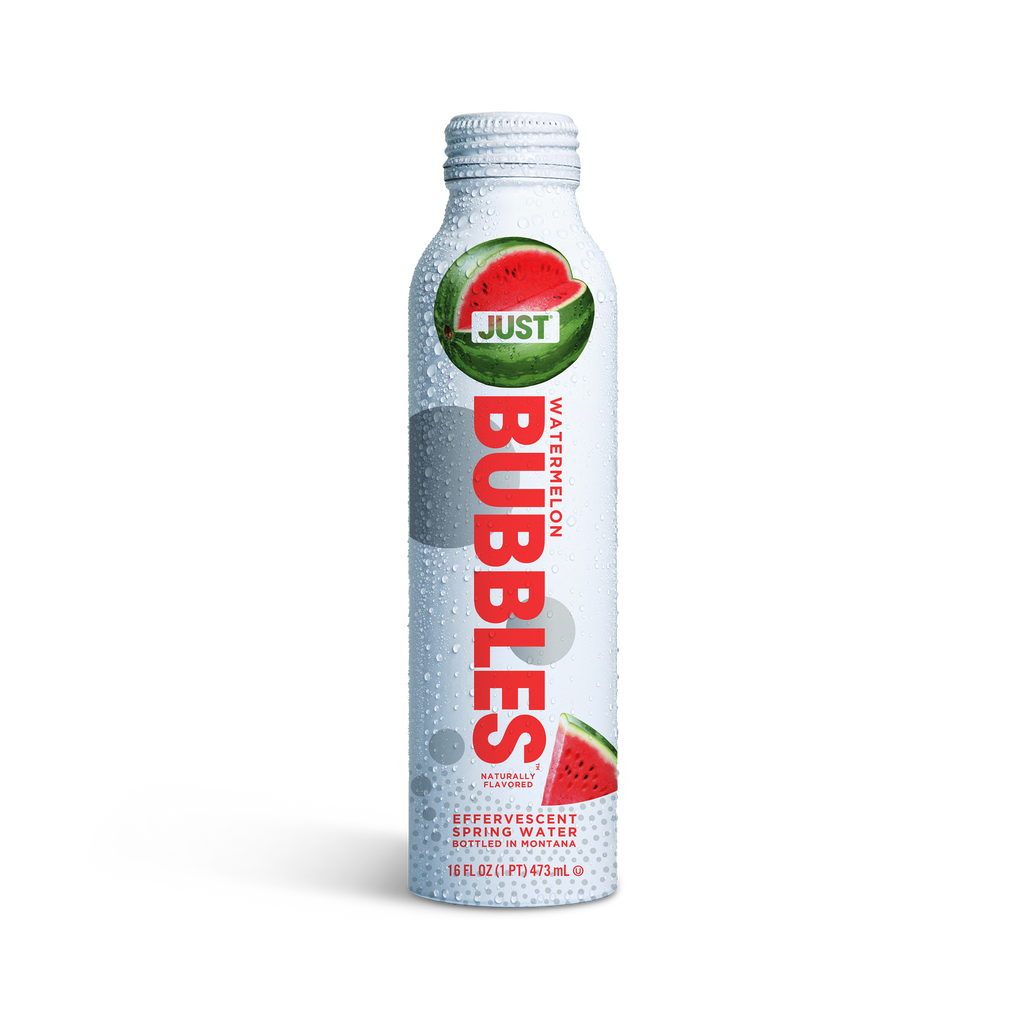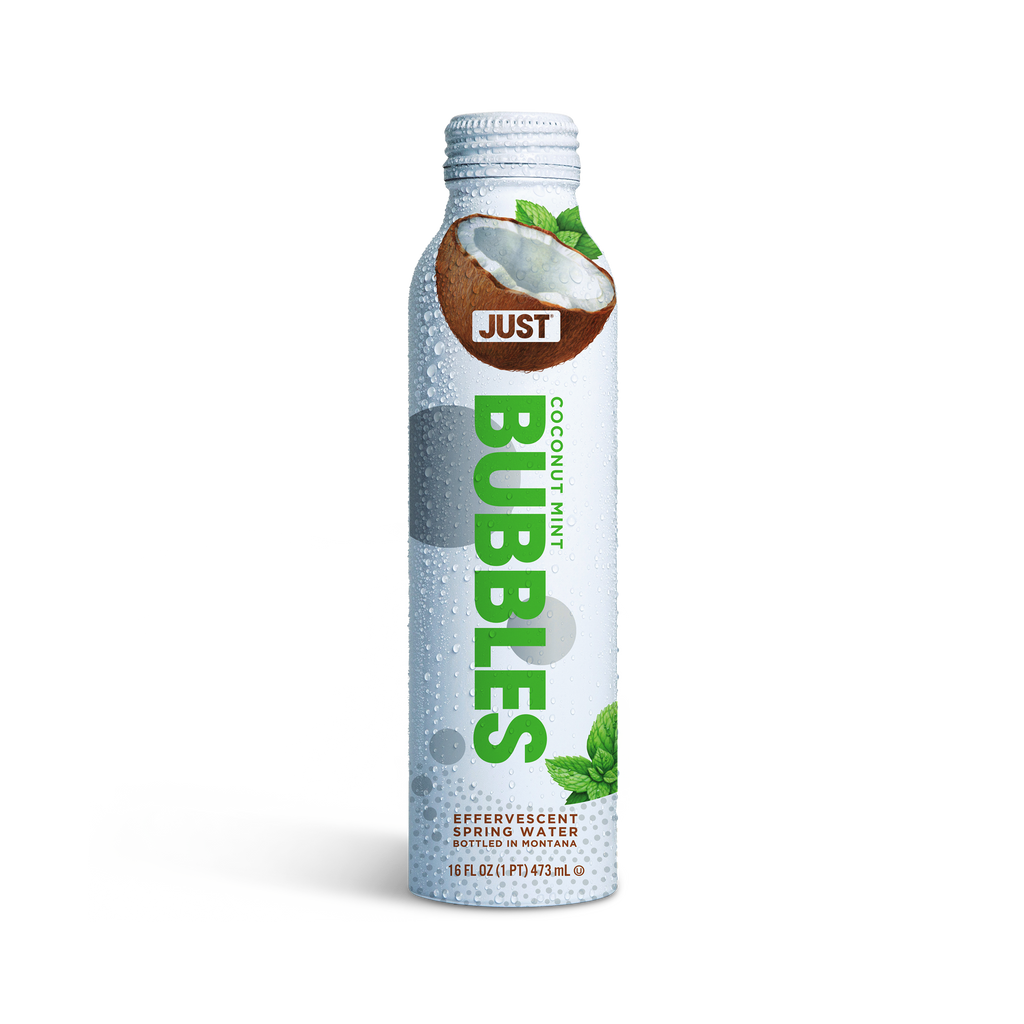WATER WARS: TAP VS. MINERAL WATER
Written by Just Water
When it comes to healthy hydration, we all know that water reigns supreme. But in terms of quality, not all water is created equal. In fact, a closer look at traditional tap water versus natural mineral spring water results in a clear winner in terms of taste, health properties, & general purity standards.
So which water comes out on top in this sip showdown? Read on to find out.
Taste
Because tap water typically undergoes a hefty purification process to ensure it meets basic safe drinking standards, most naturally occurring minerals are stripped away. This in turn, results in a sub-satisfactory flavor profile that many water sommeliers would define as dull, dry, & chalky. Due to the difference in osmolarity between our mouth and mineral-void tap water, the water actually soaks up the minerals naturally present in our mouths, resulting in a drying sensation and a residual metallic taste.
To make matters worse, chlorine is added as an additional means to kill any microbes remaining in tap water after it’s been flushed through the purification process, resulting in an often unwelcome & unpleasant “chemically” flavor.
On the other hand, because it’s naturally infused with minerals as it traverses porous mountain slate, fresh mineral spring water has a higher concentration of total dissolved solids, including calcium, magnesium, sulfate, and bicarbonate, resulting in a more crisp and refreshing taste profile in addition to a more pleasant mouth feel.
WINNER: MINERAL SPRING WATER
Health Properties
Through the physical and chemical filtration and purification process, tap water is left all but entirely deprived of the beneficial minerals linked to positive health effects. On the contrary, depending on where you live in the country, tap water may actually contain elements that are detrimental to our health at high levels, including lead, excessively high levels of fluoride, and disease-causing microbes that arise when chlorine levels have not been properly titrated.
Mineral water, on the other hand, is naturally infused with beneficial elements that play a crucial role in our health. Let’s breakdown the main elements found in mineral spring water & the role each plays in how our body functions:
- Sodium: Helps maintain and regulate optimal fluid balance in the body.
- Bicarbonate: Present in all of our organs and biological fluids, acting as a buffer to help maintain proper pH balance in the body.
- Magnesium: Energy production, blood sugar regulation, nerve function, and muscle contractions are just a few ways this mineral plays an important role in our health and how our body functions. Moreso, one study found that consuming mineral water rich in magnesium resulted in reduced blood pressure, a main contributing factor for heart disease and congestive heart failure.
- Calcium: Beyond promoting bone strength and dental health, calcium also plays an important role in blood clotting, central nervous system function, and muscle tissue development. Oh, and if you think calcium is best obtained from dairy products, think again! One study found that there was no significant difference between the bioavailability of calcium in milk-based products versus that of mineral water.
Clearly, each element found in mineral water offers unique health properties. But when paired together, these minerals also contribute to healthy blood circulation, which is crucial for general wellness. With so many incredible body-boosting benefits, there’s a clear water-winner when it comes to our health.
WINNER: MINERAL SPRING WATER
Quality
As an important and vital part of our health and nutrition, the quality of the water we consume is not something to overlook. Unfortunately, when it comes to the quality of the tap water delivered to our homes and businesses, there’s more variability in water quality than most of us realize. In fact, depending on where you live in the country, the time of year, and even which room you get your tap water from can have a significant impact on the quality of your water & the levels of contaminants present. To make matters worse, the purification treatment municipal tap water undergoes to meet safety and quality standards has actually been linked to additional health and quality issues. When treated with chlorine, a residual carcinogenic environmental pollutant called trihalomethanes can be produced as a byproduct, ultimately resulting in a catch 22 for those involved in tap water quality & safety.
Unlike tap water, mineral spring water must be bottled directly at the source. Once bottled or packaged, the water becomes subject to stringent regulatory guidelines set forth and enforced by the Food and Drug Administration (FDA). This is where the quality standards of tap and mineral spring water ultimately diverge. Unlike municipal tap water, which is regulated by the Environmental Protection Agency (EPA), packaged mineral spring water must meet the quality standards set by both the EPA and the FDA in order to be approved for sale and consumption. Thus, in many cases, safety and quality standards differ between tap and packaged mineral spring water. For example, whereas the upper limit for lead levels is set at 15 parts per billion (ppb) for tap water to accommodate the potential for lead leaching from the pipes from which it’s delivered, packaged mineral spring water may not exceed 5 ppb.
Additional regulatory standards that apply to packaged mineral spring water but not tap water are as follows:
- “Standard of Identity” regulations that define different types of bottled water.
- “Standard of Quality” regulations that set maximum levels of contaminants—including chemical, physical, microbial, and radiological contaminants—allowed in bottled water.
- “Current Good Manufacturing Practice” (CGMP) regulations that require bottled water to be safe and produced under sanitary conditions.
As you can see, due to the extensive regulatory requirements established to ensure the quality and safety of packaged or bottled water, there is a clear distinction between the two water sources.
WINNER: MINERAL SPRING WATER
Convenience
When it comes to the convenience of tap versus mineral spring water, some might argue that tap water is a surefire winner due to the general accessibility and lack of financial investment required to obtain it. However, when you consider some of the drawbacks of tap water, like potentially high levels of contaminants (which could result in illness & medical expense), or less satisfactory taste (which could result in reduced water consumption, potentially leading to dehydration & subsequently, more medical expenses), tap water doesn’t seem too convenient after all.
Thanks to an increased demand for higher quality water like packaged mineral spring water, and increased accessibility thanks to our current digital landscape & convenient options like subscription plans to have delicious, clean, packaged mineral spring water delivered directly to your door, choosing to fuel up with better-for-you water is much easier today than it was even just a decade prior.
WINNER: A TOSS UP**
**Depending on your values, priorities, & current health; If you are more susceptible to illness or have a pre-existing condition that could be affected by your fluid intake, we suggest investing in higher-quality water.
Final Take-Away
When it comes to our body and health, it’s not a good idea to compromise or cut corners. As such, based on taste, quality, health properties, & convenience, it’s clear that natural mineral spring water takes the W in the water wars.
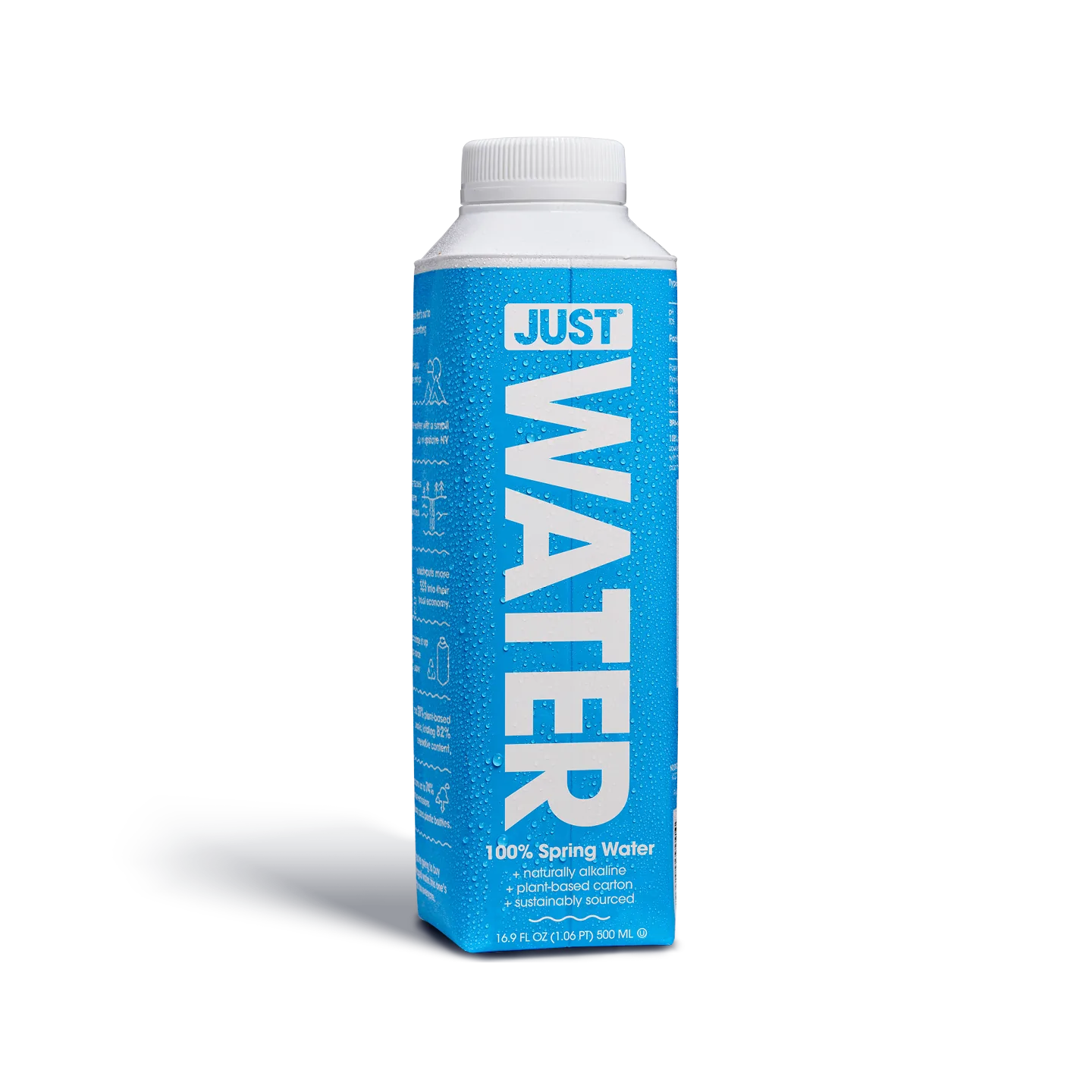
JUST WATER
Spring Water -- 16.9 fl oz | 24 Pack
